The Best Ways to Explore Chiang Mai
Founded in 1296, Thailand’s northern city of Chiang Mai was originally the capital of the kingdom of Lan Na and has evolved over the centuries into the cultural hub it is today. Known for it’s ancient temples, mountainous landscapes and incredible street food, Chiang Mai attracts travellers from all over the world and remains one of Thailand’s must-see locations.
We based ourselves in Chiang Mai for about six weeks during our time living in Thailand, just as the world was just starting to reopen to tourism following the pandemic. From watching local’s games of sepak takraw in Nong Buak Haad Park สวนสาธารณะหนองบวกหาด, visiting our favourite Khao Soi stand in the Tha Phae Walking Street and taking evening runs along the old city’s ramparts, we loved our time being based in the mountainous and chilled out northern city.
From our time there, we’ve compiled our favourite ways to see the city, and what we would recommend to anyone coming for a visit short or long.
1. spend baht at the Weekend Walking Streets
My favourite market was the Sunday Tha Phae Walking Street down Rachadamnoen Road in the Old City. It had the BEST Khao Soi street stall and some really talented buskers.
Taking place every weekend, Chiang Mai’s infamous open-air walking streets sell everything from food, clothing, homeware and artwork and visiting these markets is highly recommend if you find yourself in the northern city over a weekend evening! Check out more details in our post on the walking streets below:
2. Explore the Old City
Chiang Mai is instantly recognisable by it’s walled and moated old city, a small square grid of stunning ancient temples, locally owned shops and traditional accommodations. Spending time exploring the old city on foot is a must, dropping in on street food stalls and exploring the incredible Buddhist temples of Wat Chiang Man, Wat Phra Singh Woramahawihan, Wat Chedi Luang, Wat Phantao and Wat Prasat among many, many others.
For those looking for more Western cuisines, the old city also hosts quite a few restaurants that cater to tourists and travellers looking for something more familiar. It’s also a hot spot for vegan and vegetarian restaurants for those travelling plant-based.
Although we’ll mention it a few times throughout this post, Nong Buak Haad Public Park, located in the southwestern corner of the old city was one of our favourite and most frequented places. With local sports, a runnable track and small picturesque ponds, it’s a great place to unwind, especially in the evenings when the hot days become cool.
3. Try a local cooking class
If you love Thai food as much as we do, we definitely recommend learning from the locals how your favourite dishes are made before you leave. It’s not only a great skill to bring back home with you, it’s a lot of fun- especially for foodies and travellers looking to meet other like-minded people.
Although there are quite a few cooking classes in/around Chiang Mai, we ended up going with Smile Organic Farm Cooking School and highly recommend them. They picked us up from our accomodation and before heading to their cooking school in the mountains, we stopped off at a locals market on the way; our teacher went through all of the different kinds of fruits, vegetables, sauces and spices we could find at the market, so it was really informative.
After arriving at the school, we went around their large, outdoor kitchen garden and our teacher showed us all of the ingredients they grew in-house. Running full day, half days and evenings, they go over how to make curry pastes, and through a menu with curries, soups, noodles, starters, desserts and drinks, also catering for vegetarians and vegans.
4. Head to the mountains
If you’re heading west to Doi-Suthep National Park, visiting the Wat Phra That Doi Suthep temple is an absolute must.
Chiang Mai is firmly within Thailand’s northern mountainous region and sits among quite a few incredible National Parks, so it’s a perfect base for outdoor adventurer travellers. We recommend both Inthanon National Park, home to the highest mountain in Thailand, which hosts spectacular waterfalls and lush forested trails. Since the area sits southwest of the city, we recommend booking in for a day trip with a local company.
For something a bit closer to the city, head west to explore the mountains in and around Doi- Suthep Pui National Park, and visit the awe-inspiring golden Wat Phra That Doi Suthep temple (stay tuned for a post just about this site in particular). Although closer to the city, we still recommend booking in for a day or half day trip as the site is not able to be accessed on foot (you can go as far as the zoo until Tuk Tuk’s are required to bring you up the hill). Look for a tour that takes in the temple and some of the trails and waterfall sites within the park.
5. Check out Nimman
Quirky and cool, Nimmanhaemin Road seems to have an entirely different vibe than the old city despite it only being a couple of blocks over. Known locally as ‘Nimman’, the area is full of trendy restaurants, markets, shops and galleries and typically attracts a younger audience. If you’re on the lookout for the best nightlife in Chiang Mai, definitely head to Nimman after-hours.
For quirky shopping opportunities, check out One Nimman, a more modern marketplace/ shopping centre, located at the top of the street, near MAYA Lifestyle. They hosts quite a few events throughout the week, including the Organic Market (on Sunday mornings), White Market (a Japanese inspired market on weekends), and Night Flea Market (vintage/ second hand/ retro).
One Nimman also hosts a variety of fitness classes every night of the week, including Bodycombat, Zumba, Swing, Salsa, Yoga, Bodybalance, Tai Chi and Tango.
Check out their social media pages for updates on new events/ classes and markets.
6. Eat local street food
We frequented our favourite night market almost every evening for dinner, where our meals were (on average) 35-50฿. My favourite dishes here were Pak Boong/ ผักบุ้ง/ Stir-Fried Morning Glory, and Phat Kaphrao Tofu/ ผัดกะเพรา/ Thai Basil Tofu.
Chiang Mai is known for it’s incredible street food, and other than the walking streets, the markets within the Old City are a fantastic place to get cheap, authentic and tasty dishes every single night. Although there are quite a few markets that are hosted throughout the greater city, the Chang Phuak Gate Night Market on the northern side of the old city and the Chiang Mai Gate Market (Pratu Chiang Mai) on the southern side of the old city.
The city’s famous dish is a noodle based curry dish called Khao Soi. Our favourite places to get Khao Soi were from a street stall in the Sunday Walking Street, and from Kat’s Kitchen on Ratchamanka Rd (Kat’s tofu panang curry is also perfection).
Heading north from Bangkok? Consider taking the overnight train for a whole different kind of experience- one that is good for the environment and for your wallet!
7. Consider voluntourism at a local sanctuary
Although trying to find an “ethical” sanctuary within Thailand can be hard to navigate these days, there are plenty out there who strive to maintain their elephant’s welfare, and a lot of these can be found based in Northern Thailand. We’ll be writing a separate post about the questions we recommend asking when you look for a sanctuary to either visit or volunteer with, and what we consider to be red flags - follow us on socials or subscribe below.
As a brief overview, it’s estimated that there are over 15,000 elephants are currently living in captivity within Asia, most of which were either bred in captivity, captured, or being rehabilitated after being subjected to working conditions. Even though wild capture is illegal now, it still happens, and finding a sanctuary that actually operates as a sanctuary (rather than just appealing to “sanctuary” tourism) is important to help with the welfare of elephants that still live in captivity but are unable to be re-introduced back into the wild for a number of reasons.
8. Take Part in The city’s Annual Festivals
Some of Thailand’s most famous festivals take place in and around the mountainous northern city, and it can be a great way to see Chiang Mai in a whole new light. The most famous is without a doubt the Yi Peng Lantern Festival, which sees lanterns of light being released into the night sky and is now typically celebrated in conjunction with the Loy Krathong Festival, seeing floating krathongs released into the river.
There are also smaller festivals throughout the year, like the Flower Festival pictured below that is in full bloom in February within Nong Buak Haad Park สวนสาธารณะหนองบวกหาด, one of our favourite spaces when we were based in the city.
Chiang Mai is also one of the best places to celebrate Songkran, which is the Thai New Year and Water Festival. If you’re in the North, head into the city and prepare to get soaked. Read more about Songkran festival here:
If you’re headed to Thailand, you’ve no doubt been recommended to head up to Chiang Mai and we absolutely recommend a visit. If you enjoy history, culture and the outdoors, it’s a perfect place to be based. It has all of the delights and amenities of a city but you still feel as if you’re able to get some aspects of authentic Thailand.
Happy Travels,
Sam
More on Thailand Travel….






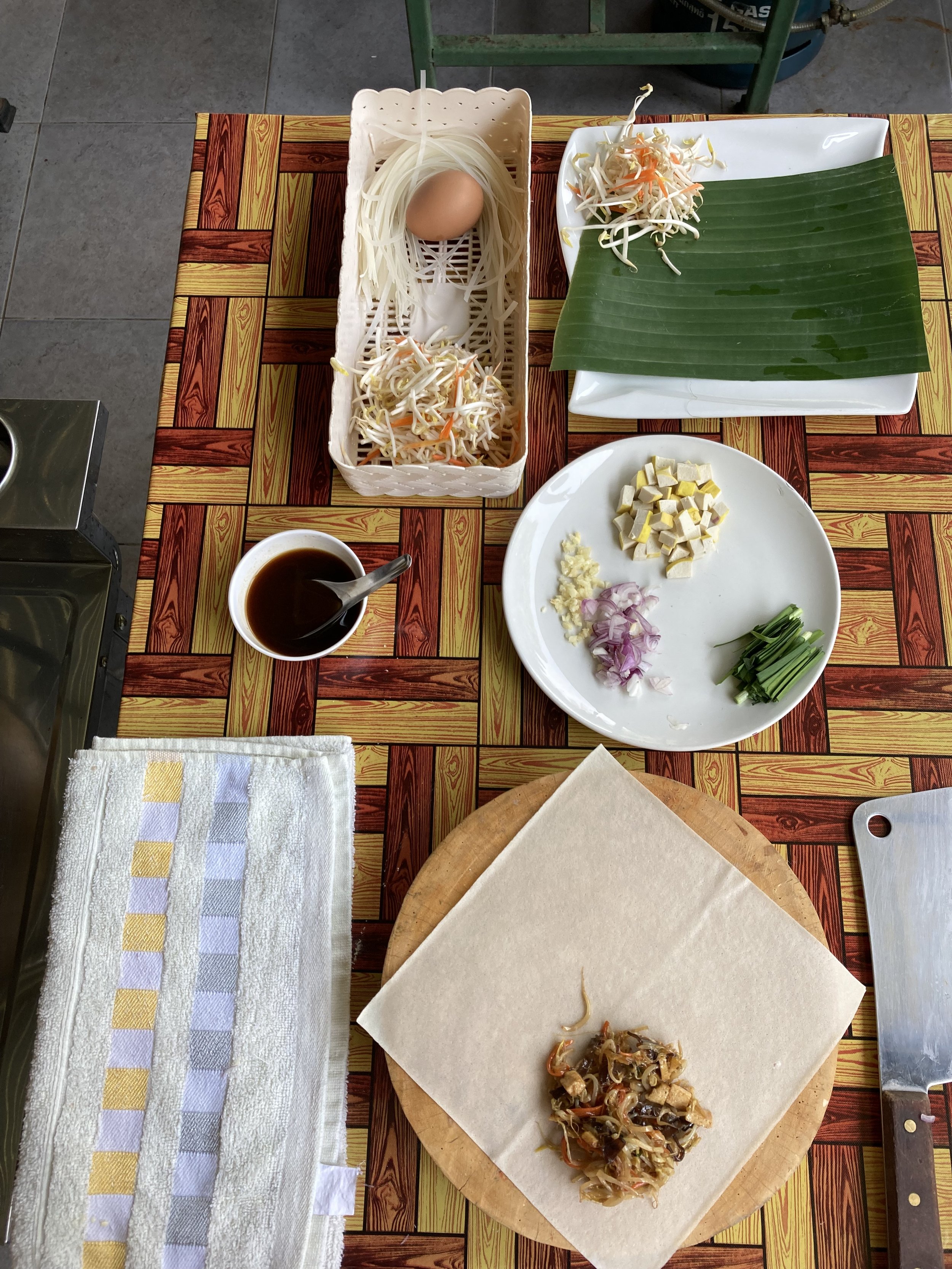

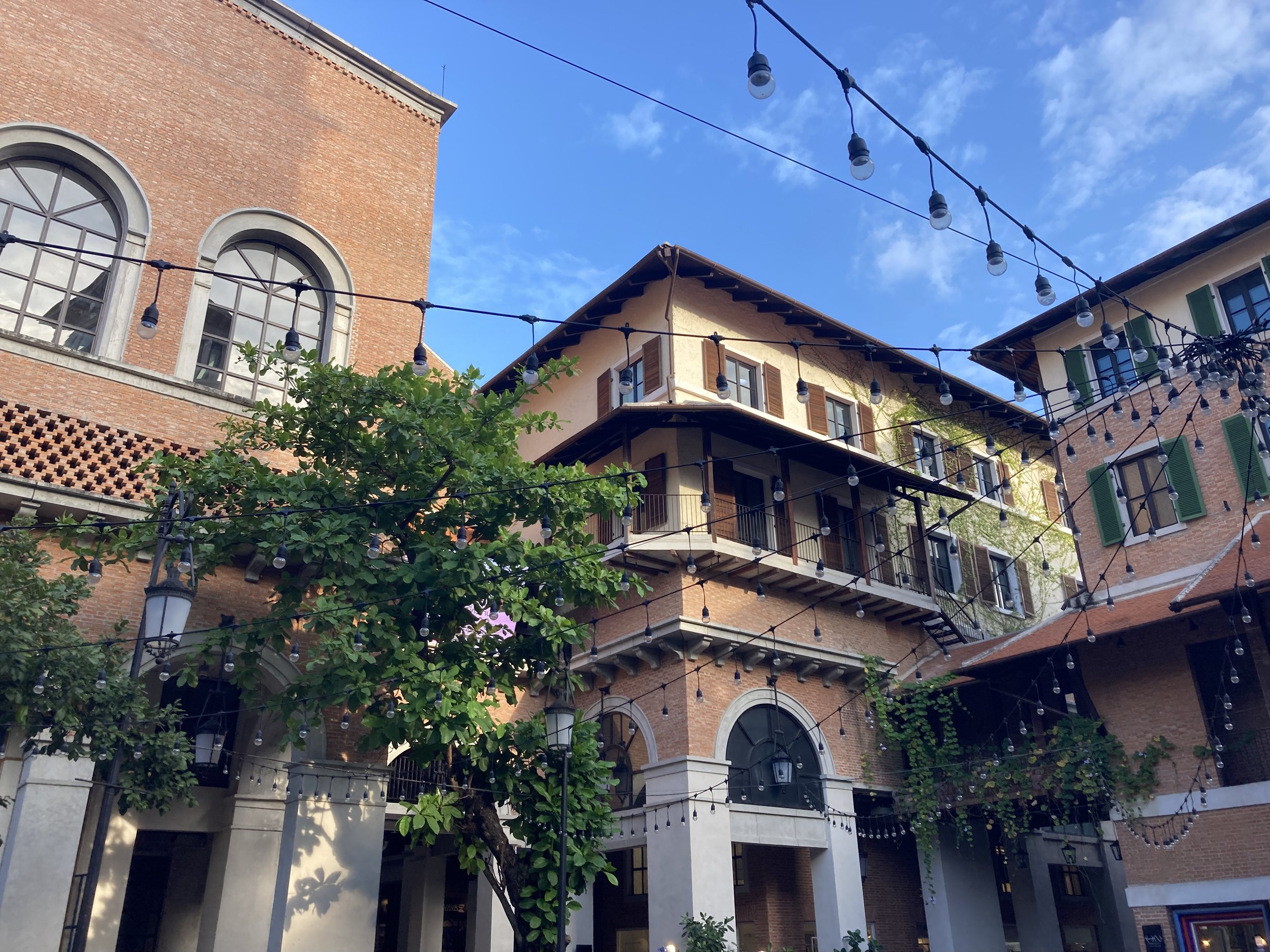
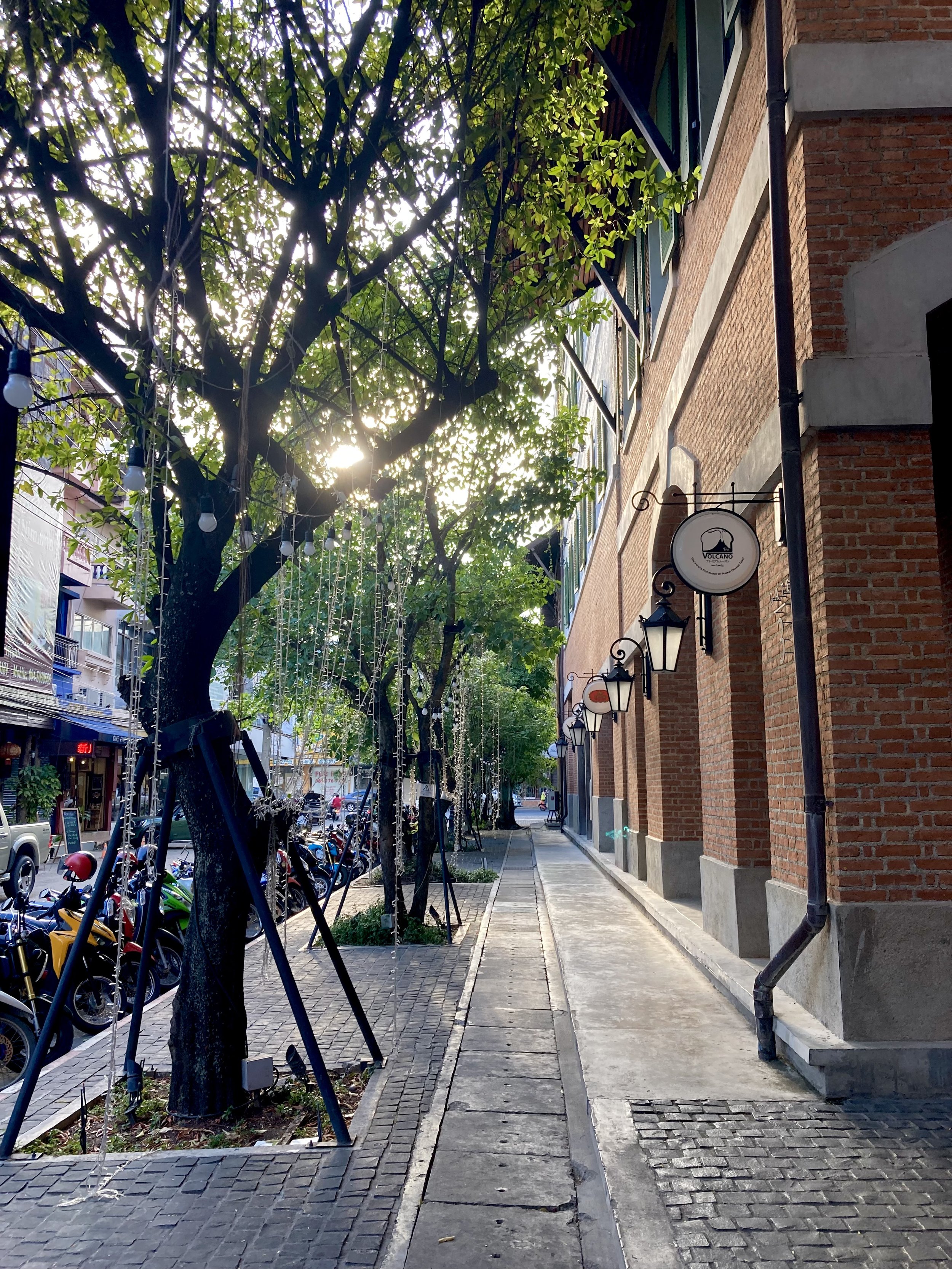



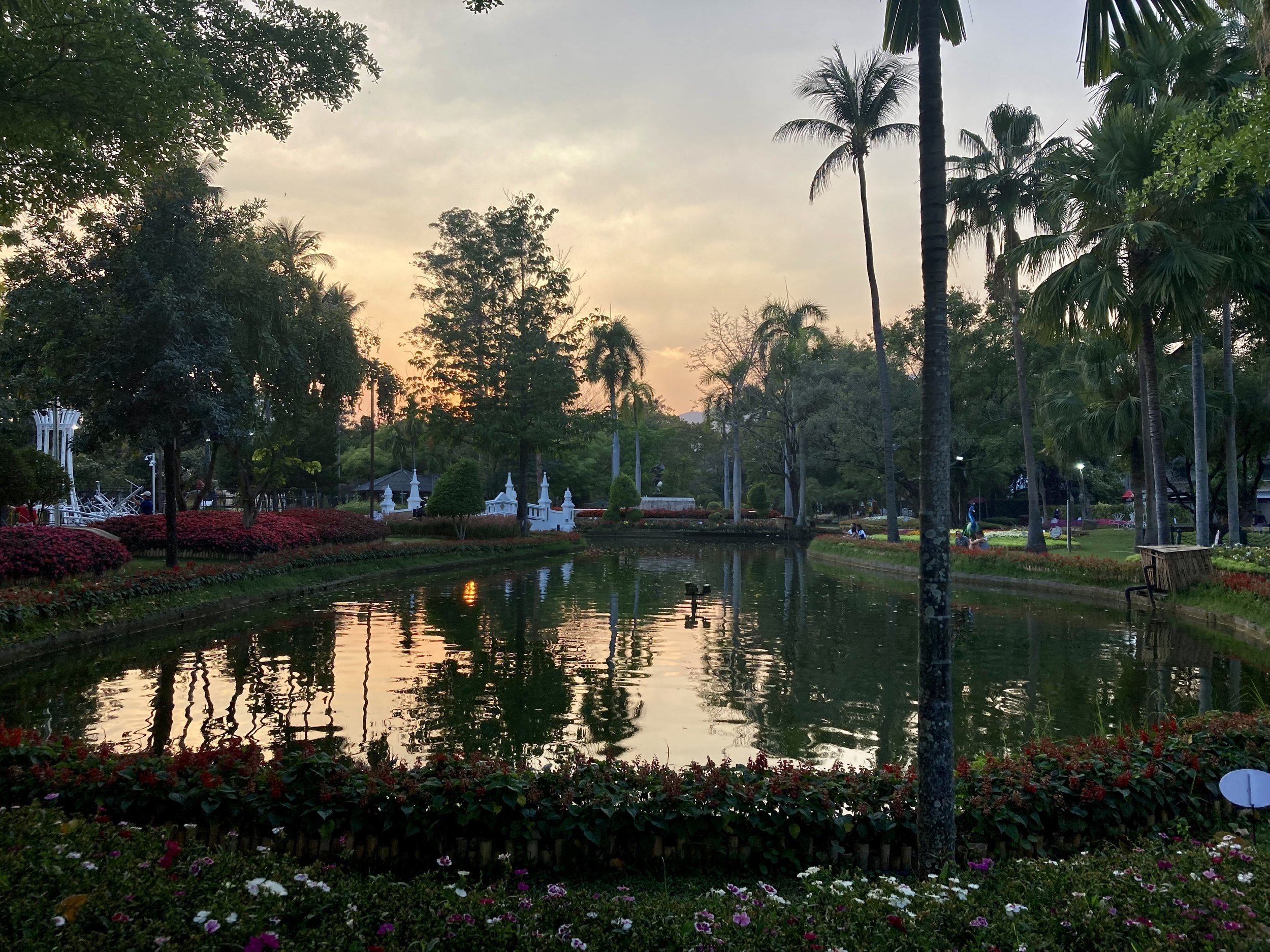
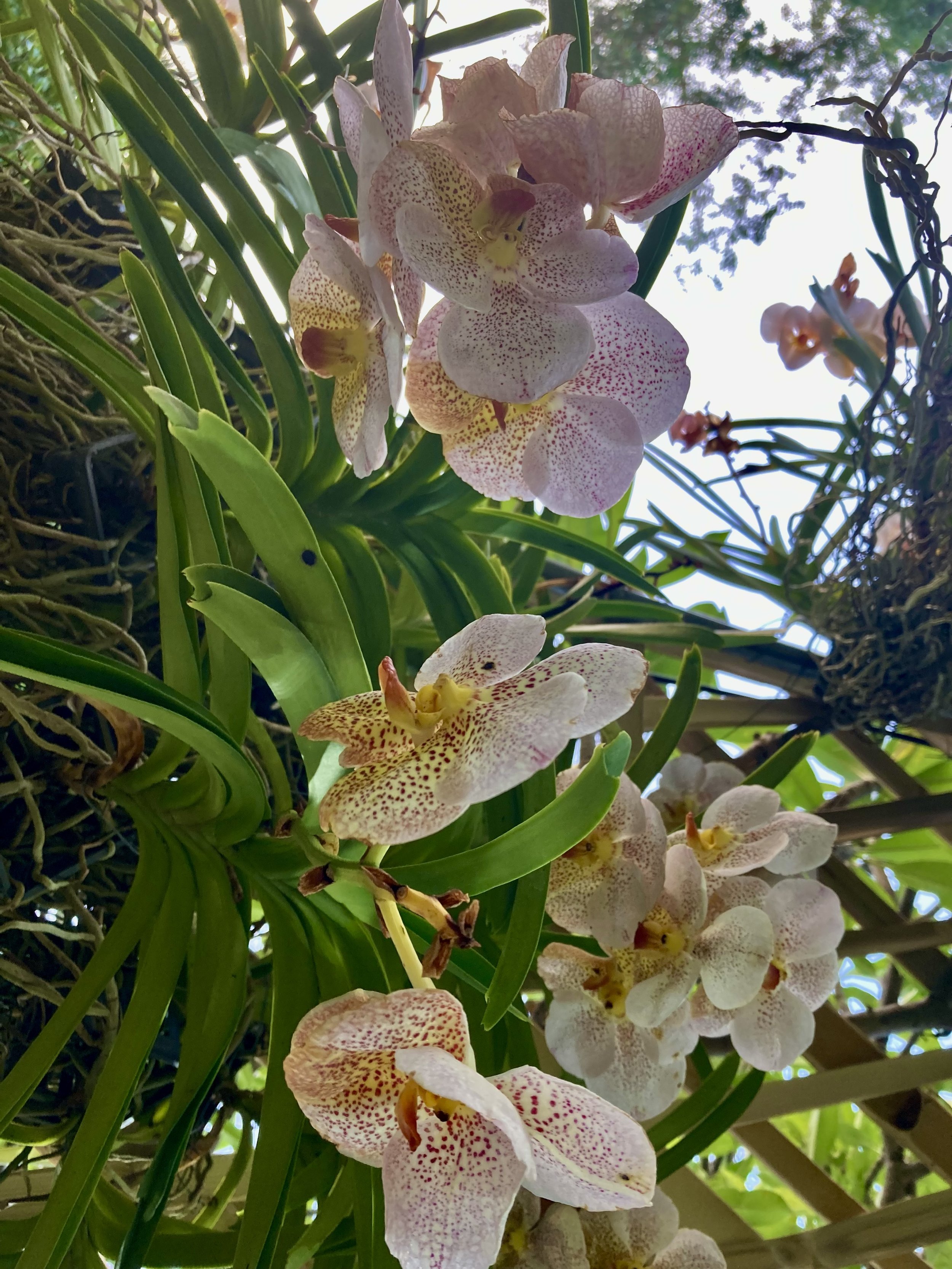
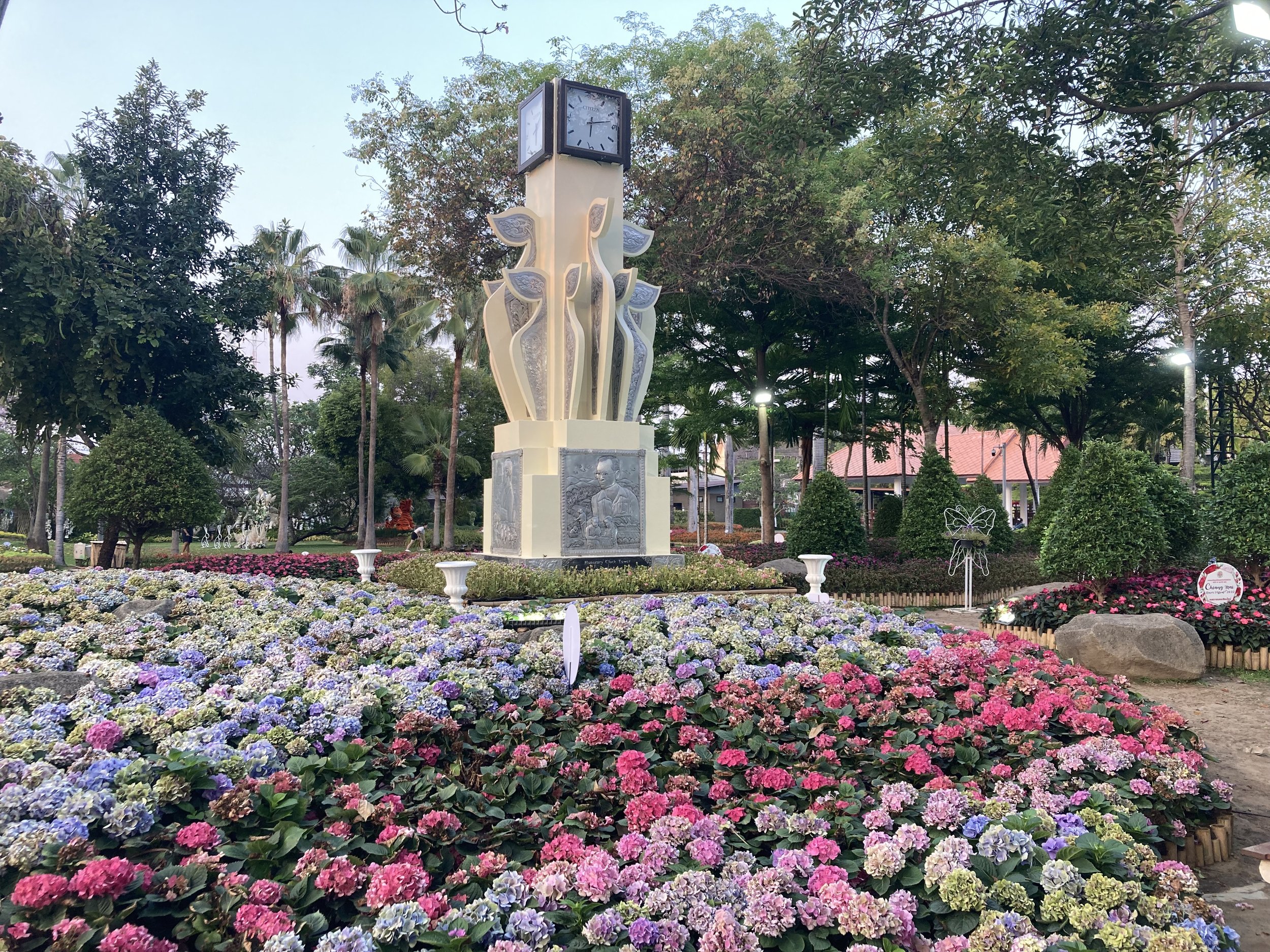


The No. 9 overnight sleeper train departing from Bangkok to Chiang Mai rates as one of the best rail experiences we’ve ever had. If you’re planning a rail journey within your Thai travels, definitely consider making this one. Our guide includes a few tips on what to expect including how to book, costs, facilities and our experience.